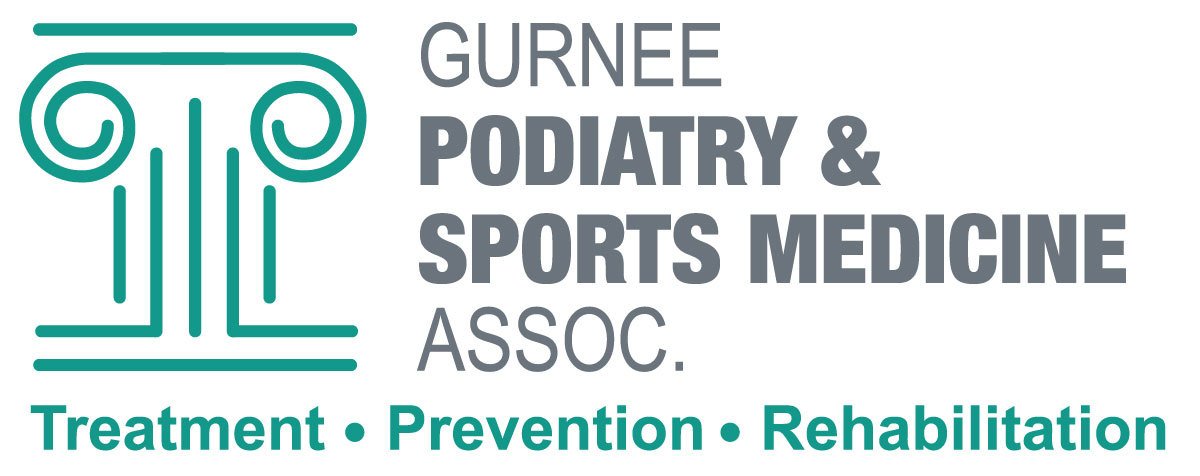What is a Biomechanical Foot Assessment?
Podiatry, in clinical practice, is often divided between general treatment and biomechanical assessment. General treatment involves external treatment of the skin or nails on the feet. A biomechanical assessment relates to the alignment aspects of the foot and leg and the lower extremity, such as movement, structure, and mechanics within the ankle and foot, and lower leg. Most people require a biomechanical assessment due to gait challenges, foot function, or abnormalities causing pain and limitations on daily activity. A biomechanical assessment provides the information necessary for a podiatrist to determine the best treatment course.
What Is a Biomechanical Foot Assessment?

Before explaining what the assessment entails, we’ll first explain the field of biomechanics. Biomechanics addresses the effects that gravity and muscle response play on human activity and your body. A biomechanical assessment see changes here! focuses on the mechanical function of the lower limbs which have a significant impact on the way the body moves and functions, the foot is the first thing that hits the ground, so any mechanical issue that a patient has such as plantar fasciitis or metatarsal pain, or bunions, hammertoes, etc. all have to do with the alignment and biomechanics of the foot and those conditions can be related to issues up the leg and into the spine. This assessment examines the structure and mobility of foot joints, ankle joints, lower legs, and into the back.
A gait analysis is also performed when assessing your feet and lower extremities. Range of motion, patterns in movement, and any abnormalities will be identified in this assessment. Using static and dynamic testing, Dr. Bever and Dr. Schoene can identify muscular or alignment deficits. In our podiatry office, we take a weight-bearing x-ray to evaluate the boney alignment, which supports our physical exam. This comprehensive assessment allows us to better understand the full scope of the treatment required to alleviate and rectify any issues you may have.
Why Do You Need a Biomechanical Assessment?
Without these evaluations, Dr. Bever and Dr. Schoene can’t effectively treat issues, as they may be deeper than can be identified by physical examination alone. Lack of symmetry impacts gait and movement in everyone. Although it is not normal, many people have issues such as one leg being longer than the other, which can arise from scoliosis or old injury, or hip or knee replacements. Issues such as these can impact the way we move and stand. Compensation in one area can impact other areas of the body and lead to the degradation of muscles, ligaments, and joints. Injuries also contribute to extenuating circumstances requiring more comprehensive assessment for proper treatment and future physical health. Many of the reasons people need assessment are to address issues related to the following:
- Overuse injuries
- Lower back pain
- Hip arthritis.
- Sports injuries.
- Accident injuries.
- Aging.
- Plantar fasciitis.
- Congenital deformities.
- Achilles tendonitis.
- Heel pain.
Those who would most benefit from a biomedical assessment experience some of the following issues:
- Excessive callus buildup.
- Pain in hips, knees, lower back, legs, or feet.
- Atypical wear on footwear.
- Flat feet or high arch diagnosis.
- Those seeking healthy foot development in children.
- Athletes seeking to prevent injuries or enhance performance.
What Happens During a Biomechanical Assessment?
Depending on your particular issue, your podiatrist will perform specific assessments such as:
- Foot and lower extremity measurements
- Gait analysis.
- Joint assessment.
- Muscle strength and flexibility testing.
- Static assessment.
After taking a thorough case history, an assessment of risk factors or potential causes for issues will be documented. Range of motion for joints in your feet, knees, and hips may be evaluated. Other tests for muscle strength, range of motion, and symmetry will also be performed. This may include an assessment of your posture to analyze potential scoliosis or pelvic obliquity caused between the shoulder and hip, pelvic torsion, leg length differentiation, and stance of your foot and ankle. This test will be further analyzed by observing your walking motion to identify your gait pattern efficiency, which may include inquiries into your footwear patterns. Extensive testing, such as X-rays or ultrasounds, is only performed if necessary to rule out serious potential issues.
Biomechanical Assessment Types
There are two primary biomechanical assessment types. Each measures different aspects of your physical structure and how they function under various circumstances. The two types are:
Static Assessment
The static assessment is a standing or sitting test where your clinician will take measurements. This can involve analyses of the following:
- Foot posture and alignment.
- Pronation of the foot — fallen arches or inward rolling ankle.
Dynamic Assessment
The dynamic assessments involve analysis during movement, often including videos or foot pressure scanning that will analyze the following:
- Range of motion of the joints.
- Evaluation of the feet when walking.
- Gait while walking.
- Muscle strength, tone, and tightness.
- Balance evaluations.
What Do We Look For in a Static Assessment?
A static assessment helps us to assess your overall body alignment when standing or sitting. This non-movement evaluation aids in identifying postural issues and leg length alignment, which can help us determine where the issue is coming from. Range of motion in the joints can also be assessed during the static test as well as strength when pressed against something. The primary focus is to identify asymmetry between various body segments and any abnormalities or differences that can be observed without motion.
What Do We Look For in a Dynamic Assessment?
A dynamic assessment involves both visual and digital testing:
- The visual portion includes either live observation or video of your gait when running or walking. Balance can be tested during various tasks and depending on your symptoms.
Why Have a Biomechanical Assessment?
Dr. Bever and Dr. Schoene typically evaluate most of our patients biomechanically, but if we need to do a more in-depth evaluation due to a long-standing issue or to enhance performance or alignment, we will let you know if a biomechanical foot assessment is right for you. Your symptoms of pain or discomfort will likely already motivate you to seek some kind of professional treatment. If your doctor feels that static assessment alone isn’t sufficient, they may include dynamic assessment options appropriate for your particular situation. These assessments help your doctor prescribe the most suitable therapy or treatment for your particular situation so that you can recover more effectively and efficiently.
Schedule an Appointment
If you’re in the Park City, Illinois, area and would like to set up an appointment, you can schedule your appointment online or by calling 847-263-6073. Let Dr. Schoene and Dr. Bever get you back on your feet again.
